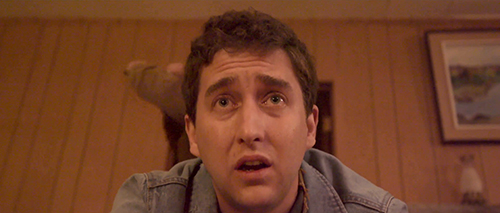
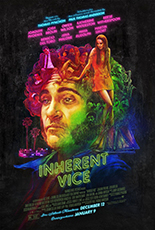 Inherent Vice has all the trappings of film noir. There’s a rumpled gumshoe who lives by a seemingly quaint moral code, a mysterious femme fatale and a hard-boiled cop with whom our protagonist has an ambivalent relationship. Los Angeles sizzles with corruption and sleaze, with the threat of violence simmering just below the sun-bleached surface. But the familiarity of these tropes allows masterful writer-director Paul Thomas Anderson, adapting Thomas Pynchon’s 2009 novel — cinema’s first adaptation of the presumably unfilmable Pynchon, by the way — to explore more trippy, atmospheric stuff.
Inherent Vice has all the trappings of film noir. There’s a rumpled gumshoe who lives by a seemingly quaint moral code, a mysterious femme fatale and a hard-boiled cop with whom our protagonist has an ambivalent relationship. Los Angeles sizzles with corruption and sleaze, with the threat of violence simmering just below the sun-bleached surface. But the familiarity of these tropes allows masterful writer-director Paul Thomas Anderson, adapting Thomas Pynchon’s 2009 novel — cinema’s first adaptation of the presumably unfilmable Pynchon, by the way — to explore more trippy, atmospheric stuff.
Set in 1970 L.A., Inherent Vice inhabits a dreamy space between the horror of the Manson Family murders and the imminently pervasive crookedness of Watergate. Joaquin Phoenix is Larry “Doc” Sportello, a hippie P.I. tipped off by his ex-old lady, Shasta Fay Hepworth (Katherine Waterston, Fantastic Beasts: The Crimes of Grindelwald), that her current boyfriend, real estate mogul Mickey Wolfmann (Eric Roberts), is in danger of being cheated out of his fortune by his wife and her lover. Faster than you can say “Zig-Zag papers,” however, the case digresses into a labyrinthine plot that makes Chinatown look like a game of Chutes and Ladders. A Black militant (Michael K. Williams, Lovecraft Country) asks Doc to track down a thug who works for Wolfmann, while a recovered heroin addict (The Hunger Games: Catching Fire’s Jena Malone) enlists our intrepid private eye to find her missing husband, a sax player named Coy Harlingen (Owen Wilson).
That these supposedly distinct cases wind up entwined is predictable, but less so is the shambling scope of it all. Hewing close to Pynchon’s text, Anderson packs in suspicious real estate deals, a heroin-smuggling cartel, the Aryan Brotherhood, dentists, a Ouija board, Richard Nixon, a mental asylum run by cultists, a running joke about cunnilingus and an acid-fueled house party in Topanga Canyon. The results are less madcap than fuzzily hallucinogenic, although the movie’s psychedelic vibe certainly has its funny moments. Doc is so consistently stoned, he can barely jot down detective notes to himself that convey anything more detailed than “something Spanish.”
Phoenix makes a terrific foil for the surrounding weirdness, but he receives able assistance from a cast that includes Reese Witherspoon, Martin Short, Benicio del Toro, Maya Rudolph and musician Joanna Newsom. Best of all is Josh Brolin (of the Marvel Cinematic Universe’s Thanos fame) as Doc’s LAPD nemesis, Lt. Det. Christian “Bigfoot” Bjornsen. Sporting a crewcut and exhibiting a Freudian penchant for chocolate-covered bananas, Brolin’s perpetual rage prove a nice complement to Phoenix’s pot-addled befuddlement.
But the real standout is Los Angeles itself, or at least the one imagined by Anderson and his frequent cinematographer, Robert Elswit. Boasting saturated colors and drenched in nostalgia, Inherent Vice is sly about its visual magnificence, as typified by a brief flashback in which Doc and Shasta comb beachfront streets searching for dope as Neil Young’s “Journey Through the Past” plays over the soundtrack. The scene is gorgeous, sexy and just a bit sad. Few filmmakers can capture mood better than Paul Thomas Anderson. —Phil Bacharach

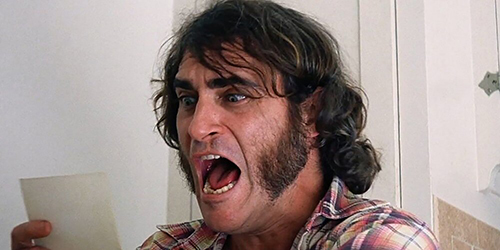

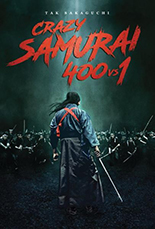

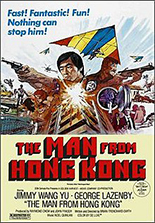
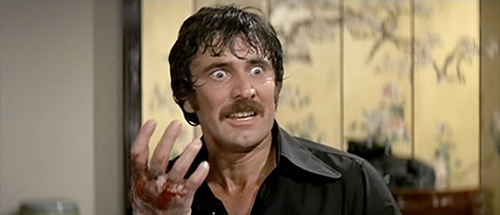

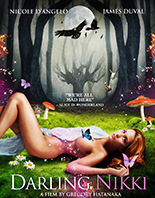

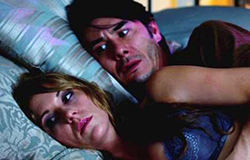

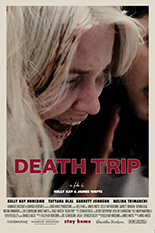 Discomforting and moody, the Canadian indie
Discomforting and moody, the Canadian indie 